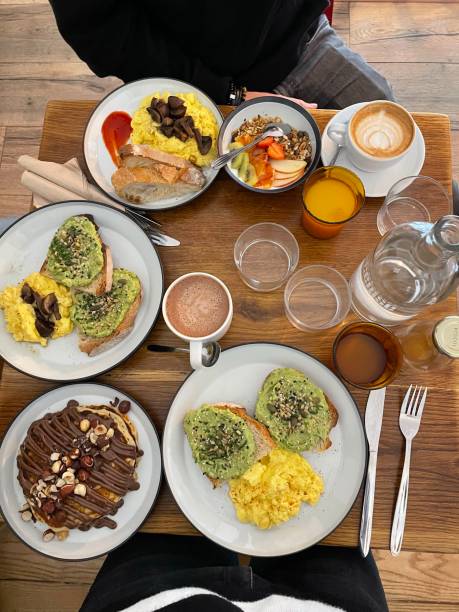Longkong village, in eastern Nagaland, was hit by a famine during the 1920s. Farmers in this village, home to the Ao Naga, could not cultivate any crops for one year. They were forced to ask their neighboring towns to lend them seeds. The farmers paid back the money they owed after a successful harvest.
Both the Ao Naga and Sumi Naga have a tradition of inter-village help, particularly in times when there is a crisis. Researchers visited six villages, including the Ao Naga village of Longmisa and Wamaken and Sumi Naga villages of Shiyepu and Natha Old. They observed that traditional knowledge related to seed storage and preservation was orally transmitted from generation to generation and is persistent in all aspects of cultivation.
“Seeds are essential for our survival.” For as long as we can remember, my father and grandfather have always stored seeds. “I learned from them,” Sujuyienba of Longmisa Village says.
The Ao and Sumi Naga of Nagaland have passed on their traditional oral knowledge about seed preservation from generation to generation. Every aspect of farming, including the choice of crops, is based on the principle of saving seed. Photo: Rongsenzulu Jamir, Alino Sumi
The Ao and Sumi Naga are traditionally agrarian communities that practice jhum or shifting agriculture. The Ao and Sumi Naga communities grow a variety of crops, including rice, millet, pepper, tomato brinjal tob,acco (Solanaceae), creepers, climbers, cucurbits, and beans (Fabales). The type of soil determines the seeds that are planted in jhum fields. The ground in traditional jhum fields is divided into two kinds: highland soils are loosely compacted and glutinous and better suited to maize, taro, and mustard crops; lowland soils are more porous and compacted and best suited for leguminous and legume crops such as beans, chili, and leguminous plants.
Communities select seeds from the first harvests of jhumfields for subsequent cycles. These are known to be the most resilient and produce optimal yields. It’s also about taste. “We store seeds of the best harvest so that we can enjoy the same taste each year,” Lukhevi from Shiyepu Village says.
Storage methods differ across crop varieties. Sun-dried beans, sesame, and mustard seeds are stored in bundles above kitchen roofs or over fireplaces. In household granaries, rice and other Poaceae are stored (called Jen in Ao or aleh in Sumi). Residents build community granaries strategically located on the edges of villages as a reliable resource in case of an emergency, such as a fire.
Sun-drying is used to preserve seeds of certain varieties, such as pumpkin, sesame, and mustard. Other sources are stored in baskets. The baskets can be made from bamboo, rattan, or cane. Materials with low starch content are preferred because they are resistant to pests. Photo: Rongsenzulu Jamir, Alino Sumi
The aeration tools (called tsukpongsemtsu by Ao) are made from bamboo. Three or four aeration devices are usually placed between the threshed grains in the granaries to prevent the warm air from destroying the grains. This aeration device is surrounded by sprouting stalks of rice, which are a sign of abundance.
The traditional Naga kitchen has a number of rectangular tiers that are located above the hearth to store small agricultural tools and seeds. These tiers are used to store seeds of Solanaceae, Fabales, and cucurbit varieties. This is done to reduce moisture and prevent pathogens from attacking the roots. Cotton seeds are kept in terracotta between layers of ash. Some sources are kept dry by mixing them with ash or charcoal. Five hundred grams of ash or charcoal per kilogram of seeds.
For smaller seeds, you can use calabashes or baskets with lids made of corn.
These baskets can be open, closed, or short-length. They may also be winnowing baskets. Bamboo, rattan, or cane are the materials that the communities use to make these baskets. They harvest them at the end and beginning of the monsoon season when the starch is low, and the stem or culm is more resistant to parasites and fungi.
Basket-making has historically been a domain that is gender-aggregated and tabooed by women to prevent misfortunes in the village. Researchers interpret this apprehension as a desire to maintain gender-specific roles and responsibilities.
Seeds are stored in airtight containers, zip-lock bags, and refrigerators. In Wamaken village, near Assam, cash crop farming replaced jhumcultivation. This has led to a decline in seed diversity and the potential for cash crops to invade the native ecosystem.
Communities face a challenge to navigate potential opportunities, preserve cultural heritage, and document seed storage and preservation before they disappear.
Domestic cattle will continue to be a part of the global landscape and the meat and milk in human diets. Scientists are working to identify innovative farming practices that will reduce GHG emissions and nutrient loss. Animal agriculture is a part of the global food system and aims to remain sustainable. Farmers will continue to be stewards of our land, and cattle will contribute to our survival.

